This post may contain affiliate links. Please read our disclosure policy.
This crème anglaise is a classic vanilla custard sauce that can be used to top tarts and cakes or as dipping sauce for chocolate chip cookies or brownies. A professional pastry chef’s recipe for a silky smooth, flavorful anglaise. Think of it as an easy alternative to ice cream!
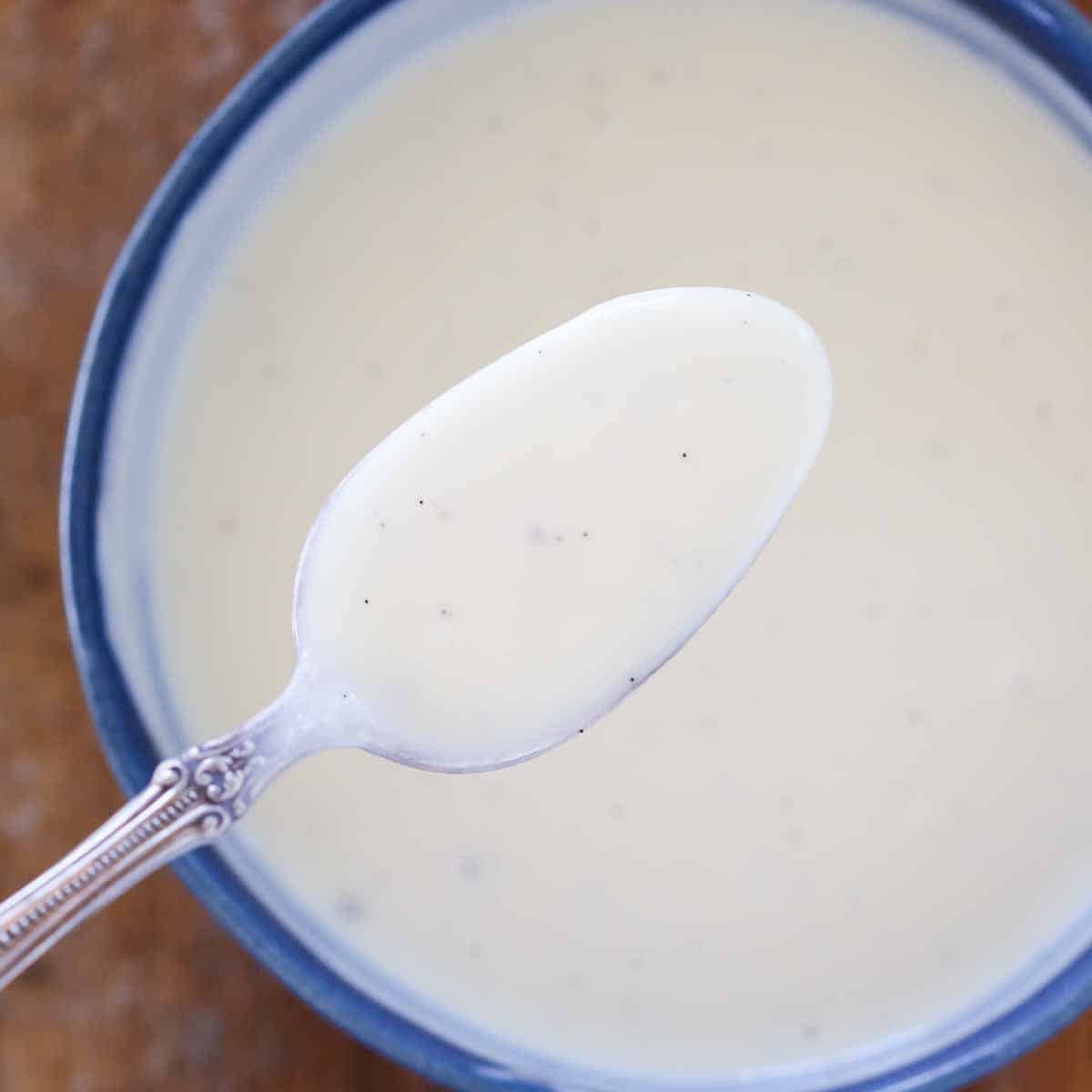
Crème anglaise is one of the building blocks of classic French pastry. Just like its cousin crème patissière, it is incredibly versatile. It is an easy custard sauce that can be used as a sauce for cakes, cookies, tarts and pies, and some classic French desserts like the floating island.
It is silky smooth and just the right amount of sweet! You can add your favorite alcohol and make a fun dipping sauce for a cookie plate. It’s an easy addition to make any dessert feel special!
Table of Contents
Why This is the Best Crème Anglaise
- The perfect consistency. The consistency of this custard sauce is not an accident. It is the result of the right ratio of cream to milk and using whole eggs rather than egg yolks.
- Refined and perfected by a pastry chef. This is the exact recipe that I used in innumerable desserts in Manhattan restaurants. I have made this in tiny batches and also in large batches yielding 16 quarts. It is perfect.
- The perfect vanilla flavor. I use a combination of vanilla beans and vanilla extract for the best vanilla custard. The scraped pods add a more complex flavor to the sauce. The right amount of sugar protects the eggs and the milk mixture while cooking, enhances the vanilla flavor and adds the right amount of sweetness.
Professional Tips for Making Crème Anglaise
- Bring the milk a cream to a full boil. The milk and cream mixture needs to come to a full, rolling boil before adding to the eggs. This activates the eggs’ thickening proteins and will produce a richer sauce. The sugar will help keep the mixture from scorching.
- Heat the custard after mixing. This is different than many other recipes, but cooking the custard over low heat to 178°F will not only make it safe to consume but also thicken it to the perfect sauce consistency.
- Cool it quickly. Sometimes the residual heat from cooking will continue to cook and thicken the custard. This is called carry over cooking. Pour the sauce into a bowl set in a bowl full of ice water to cool it quickly. This stops the cooking process and ensure the perfect, smooth sauce.
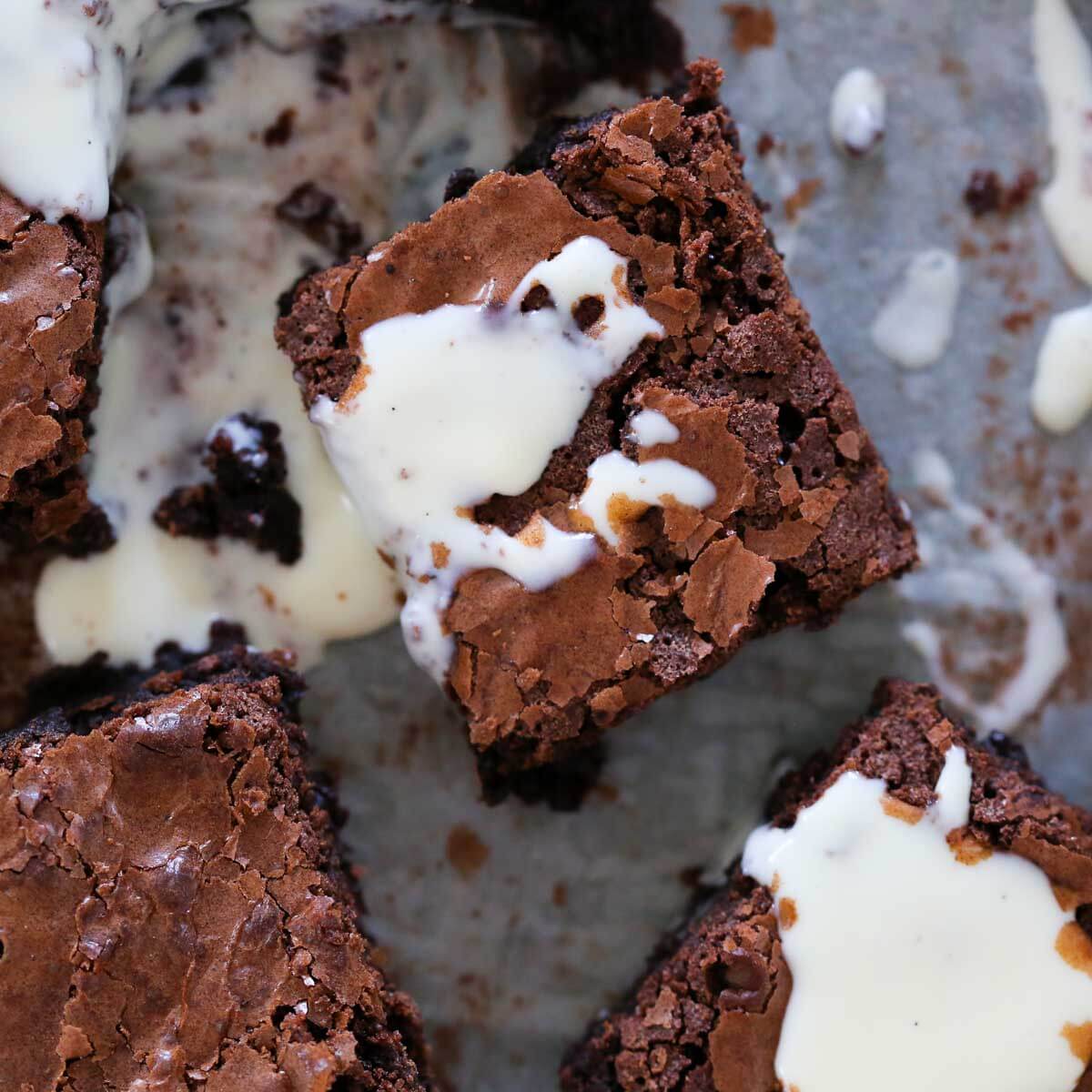
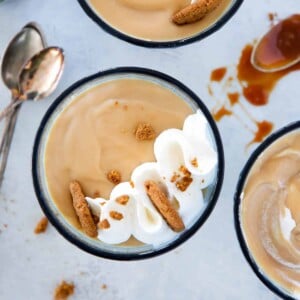
Ingredients Needed
- Heavy Cream: Heavy cream adds fat to the custard, which will make it taste creamy and rich.
- Milk: I use whole milk for custards because the stand up to heating better and they have a richer taste.
- Granulated Sugar: I use granulated sugar for sweetness as well as protection against the milk scorching and the eggs scrambling during the tempering process.
- Kosher Salt: Kosher salt enhances the flavors without adding more sugar.
- Vanilla Bean: You can use just the spent vanilla bean pods from another recipe that just uses the seeds like homemade marshmallows!
- Vanilla Extract
- Whole Eggs: I use whole eggs for custard sauces because using only egg yolks is unnecessary. Using eggs simplifies the recipe and gives the sauce the perfect consistency.
See the recipe card for full information on ingredients and quantities.
Variations & Substitutions
- Half and Half: There is an equal proportion of heavy cream to milk in this recipe, so you can substitute half and half for the total volume (4 cups).
- Make a fruit flavored anglaise: Easily change the flavor of anglaise by adding fruit puree to the cooked and cooled custard. It is important that it is cooled and that you add the puree a little at a time to avoid breaking the sauce. Add, taste, add, repeat. I would proceed with caution if using very acidic purees like passionfruit. You can also add strawberry jam to flavor it easily.
- Make a chocolate crème anglaise: Pour the hot, cooked anglaise over chopped chocolate, allow it to sit and melt the chocolate, then whisk like a ganache. Cool and serve. You can also add hot fudge sauce to the hot or cooled anglaise.
- Infinite flavor options: In addition to those listed above, there are so many ways you can change the flavor of classic crème anglaise! Add your favorite alcohol, add a salted caramel sauce, or infuse the milk and cream with spices before preparing. Get creative!
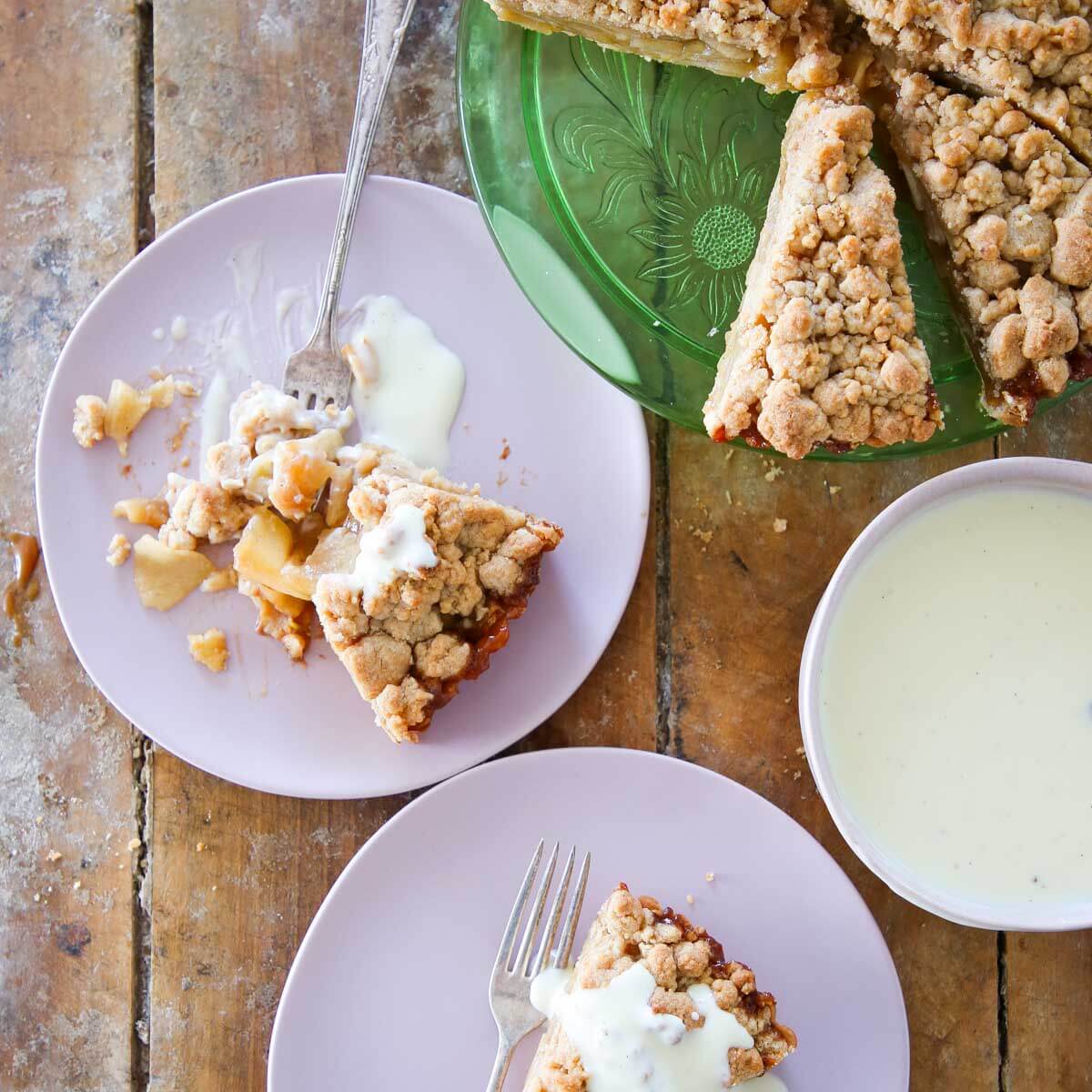
What is creme anglaise used for?
This is one of the most versatile sauces because it provides a creamy, cool contrast to other desserts. Vanilla and cream enhance many flavors like chocolate, peaches and spices.
- Use as a plating sauce: It is the perfect accompaniment to rich chocolate desserts like flourless chocolate cake, easy chocolate pie, or chocolate pound cake. The creamy texture enhances the flavor of spice cakes like pumpkin cake, gingerbread cake or this pear upside down cake. Or simply use it anywhere you would serve vanilla bean ice cream.
- Use as a dipping sauce: There is nothing more satisfying than dipping a warm chocolate chip cookie or fudgy brownie into anglaise. Try adding a little splash of whiskey for a boozy change.
- Use in a traditional French dessert. Crème anglaise is the used as a plating sauce for île flotant, which is a poached meringue floating on anglaise. I have also served a twist on this at the restaurant by serving a pavlova filled with fruit on a custard sauce.
How to Make Crème Anglaise
Use these instructions to make the perfect classic English custard every time! Further details and measurements can be found in the recipe card below.
Step 1: In a heavy bottomed sauce pot combine cream, milk, half the sugar, salt and vanilla bean pods. Bring to a boil then remove from heat.
Step 2: When your milk mixture is almost at a boil, add eggs and sugar to a large bowl and whisk until the eggs have lightened to a pale yellow.
You do not have to divide the sugar evenly. Just eye-ball it. The sugar in the milk mixture keeps it from scorching and the sugar whisked with the eggs helps protect them against cooking when the boiling milk mixture is added.
Step 3: Whisk ¼ of the milk mixture into the eggs. Repeat with another ¼ of the milk, then pour the egg mixture into the pot with the remaining milk mixture. This process is called tempering.
Step 4: Heat over medium-high heat, stirring constantly, until nappant or when the custard has reached 178°F on an instant-read thermometer.
To test if your sauce is nappant, run a finger through a thin layer on the back of a wooden spoon or your silicone spatula. If it holds a line and doesn’t run down to cover the clean space, you have reached the perfect consistency!
Step 5: Strain into a bowl, cover with a piece of plastic wrap and allow to cool to room temperature before storing. I always cool it in a bowl set in an ice bath. A proper ice bath is a lot of ice with just enough water to allow the cubes to move. You can stir the sauce to cool it even faster.
How to fix a broken custard sauce
After training too many people to count how to make this recipe, I have seen it all. Here are some things I’ve learned along the way.
- If the custard looks perfect in the pot, but then looks curdled while cooling, you can try to save it by immersion blending it.
- If your sauce got too hot while cooking (around 180°F), try pouring it into a metal bowl set in an ice bath. Cool it actively by stirring. If it looks broken once warm, try immersion blending it like above.
- If your crème anglaise smells like eggs, it’s overcooked and you must start over. It could have happened during the tempering or during the final stirring, but it’s ruined. I’m sorry.
- If it looks yellow and is curdled, you cooked it over too high a heat or didn’t stir well enough.
Chef Lindsey’s Recipe Tip
You don’t have to continue to cook the anglaise as long as you bring the milk mixture to a rolling boil right before tempering into the eggs. It will be safe to consume, but you will have a looser sauce.
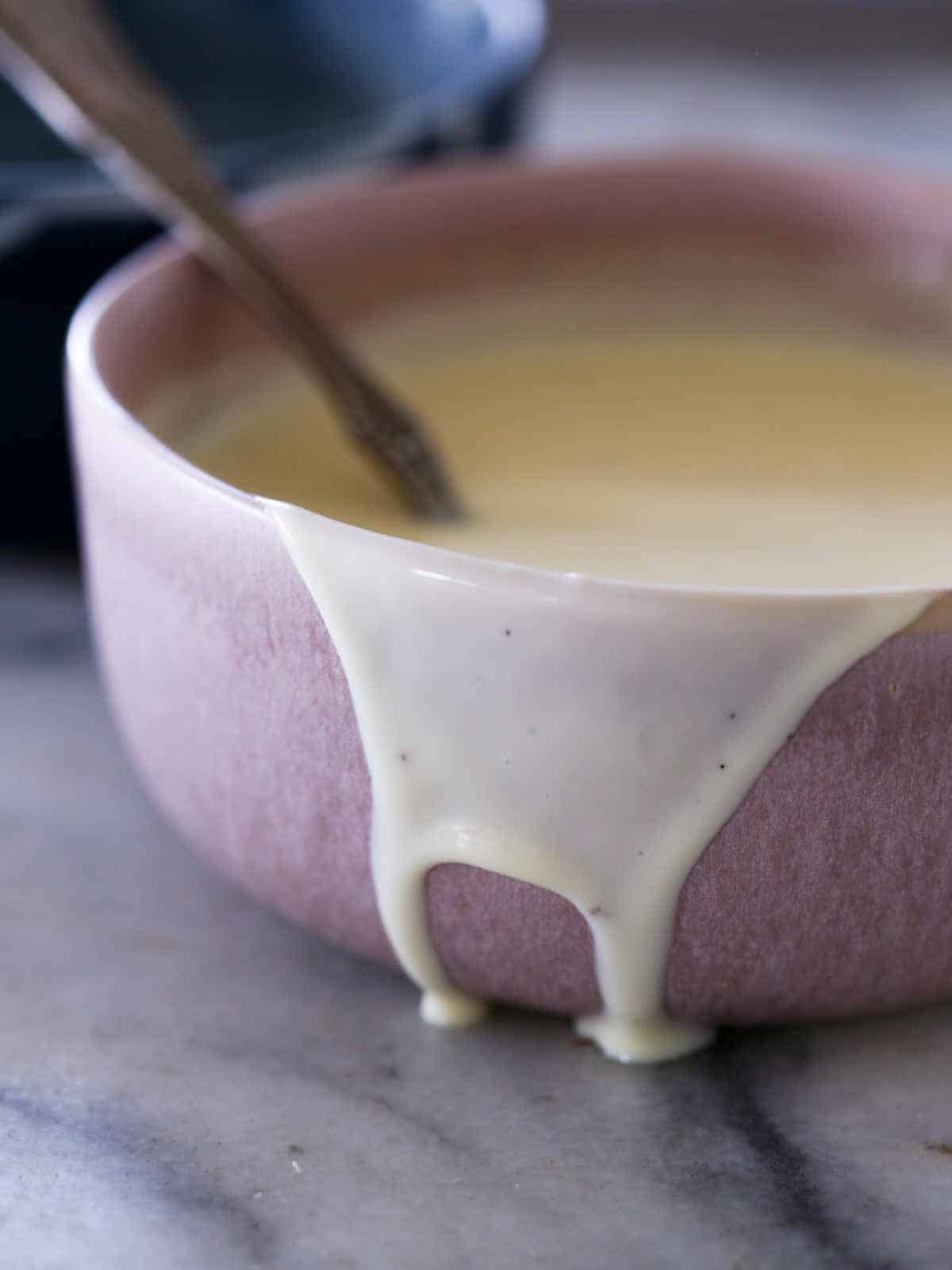
Frequently Asked Questions
Cool with plastic wrap over the surface to prevent a skin from forming and then transfer to a clean, dry container. Store in the refrigerator for up to 10 days. I do not recommend freezing anglaise.
Technically, yes, this and any crème anglaise recipe could be used for ice cream; however, I do not recommend that. The perfect consistency for a custard sauce is thinner than the perfect consistency of an ice cream base. There are fewer egg yolks, less heavy cream and more milk in anglaise, which will make for an icy and hard ice cream. Use this vanilla ice cream recipe instead.
Crème anglaise is a simple vanilla custard that is kept loose to be used as a sauce. It is made by heating milk, cream and sugar to a boil before slowly pouring into whisked eggs. It should be heated to 160°F for safety, but is typically served cold. It technically could be used as an ice cream base; however, most recipes for anglaise do not have enough fat to make a smooth, creamy ice cream.
Crème anglaise is a stirred custard like custard-based ice creams and pastry cream. While crème brûlée is also a custard and uses the same process of heating cream and tempering it into eggs, it is a baked custard. You can read more about the different types of custards on this page devoted to custard recipes!
If you tried this recipe and loved it please leave a 🌟 star rating and let me know how it goes in the comments below. I love hearing from you; your comments make my day!
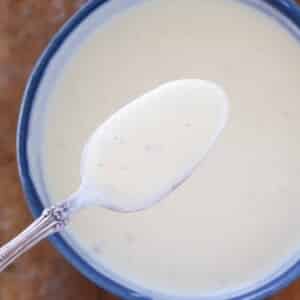
Crème Anglaise
Ingredients
- 2 cups heavy cream
- 2 cups whole milk
- 1 cup granulated sugar divided
- ½ teaspoon kosher salt
- 1 vanilla bean split and scraped
- 5 whole eggs large
Instructions
- In a heavy bottomed sauce pot combine cream, milk, half the sugar, salt and vanilla beans and pods. Bring to a boil then remove from heat.
- When your milk mixture is almost at a boil whisk together the eggs and remaining sugar until the eggs have lightened to a pale yellow.
- Wisk ¼ of the milk mixture into the eggs. Repeat with another ¼ of the milk, then pour the egg mixture into the pot with the remaining milk mixture.
- Heat over medium-high heat, stirring constantly, until nappant or when the custard has reached 178°F on an instant-read thermometer. To test if your anglaise is nappant, run a finger through a thin layer on the back of a wooden spoon. If it holds a line and doesn’t run down to cover the clean space, you have reached nappant!
- Strain into a bowl, cover with a piece of plastic wrap and cool in an ice bath. Be sure to cover the surface with plastic so it doesn’t get a skin.
Video
Notes
Nutrition
Before You Go
I hope you enjoyed this professional chef tested recipe. Check out our other dessert toppings and sauce recipes or all of our amazing custard recipes! You could also go vegetarian and make a lemon posset which is thickened by the natural curding properties of heated cream and lemon juice!
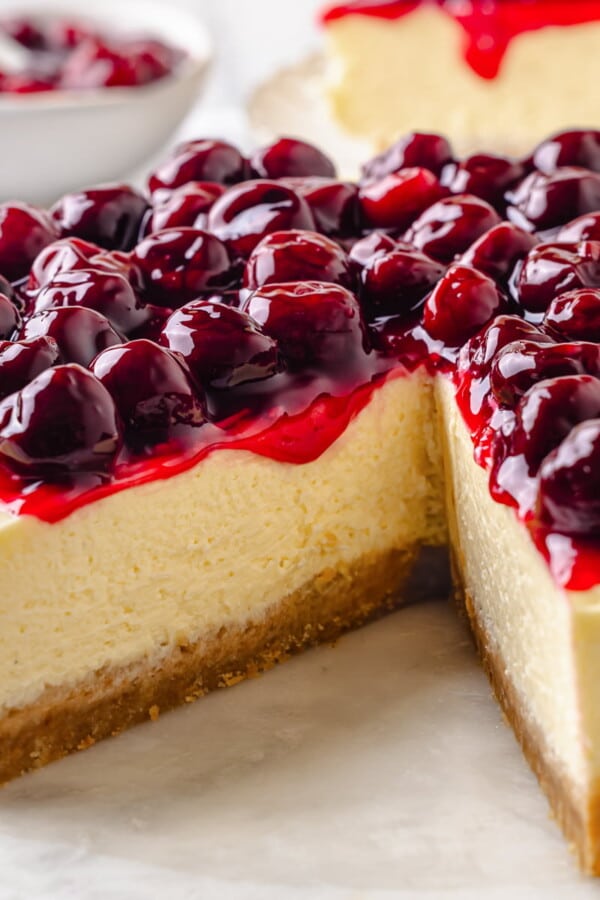
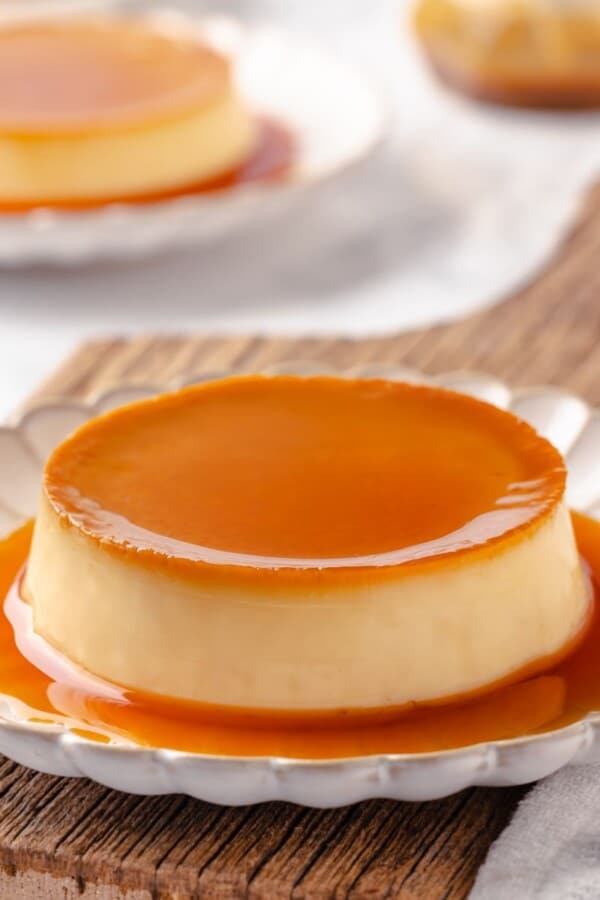
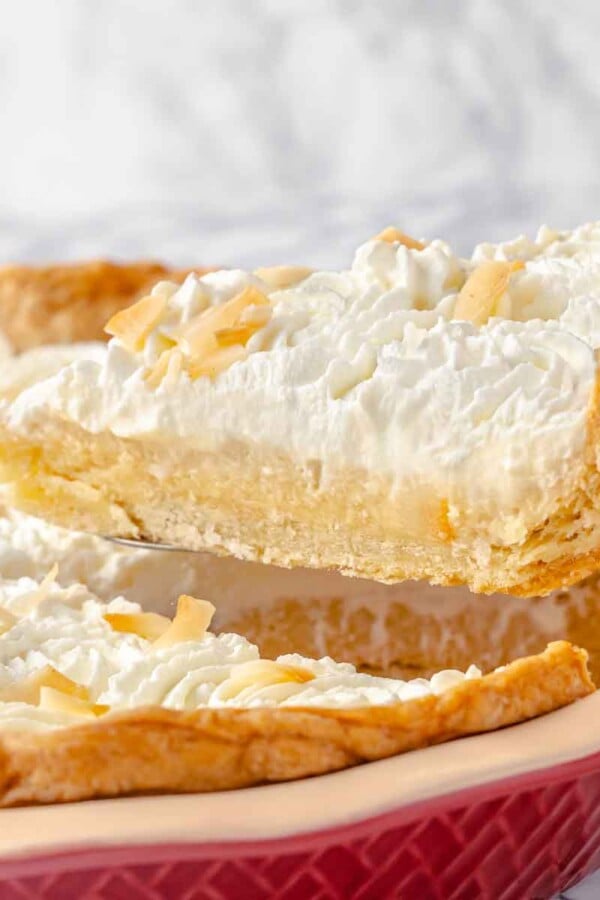
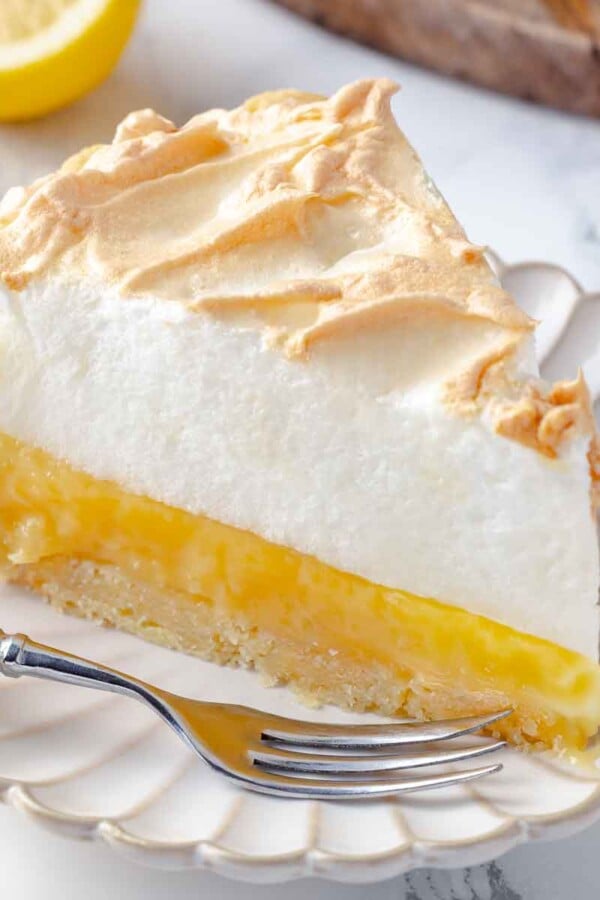








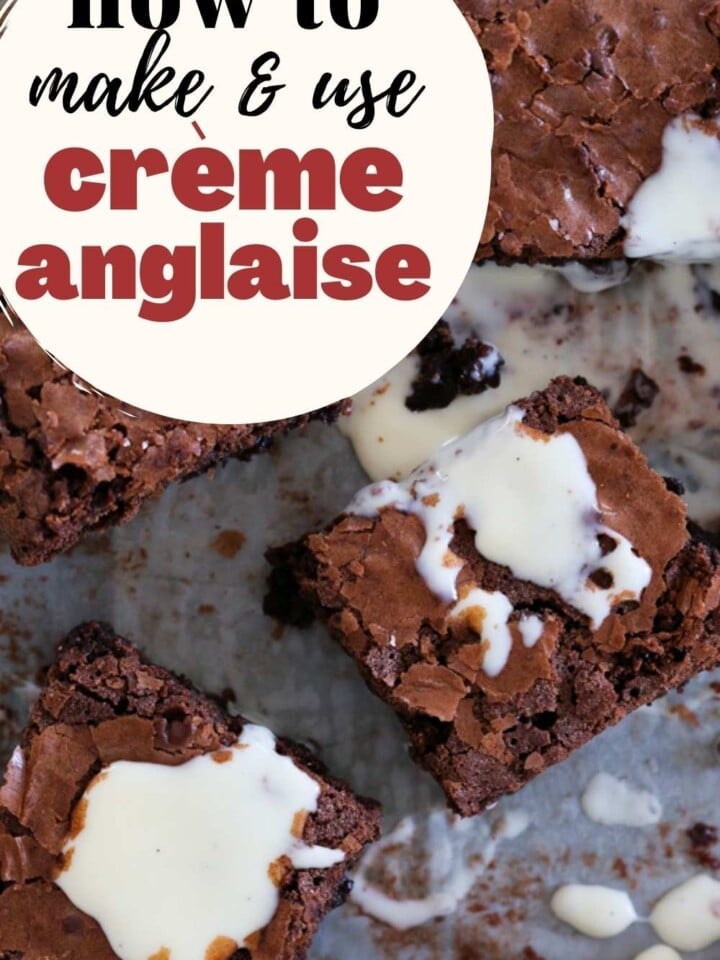
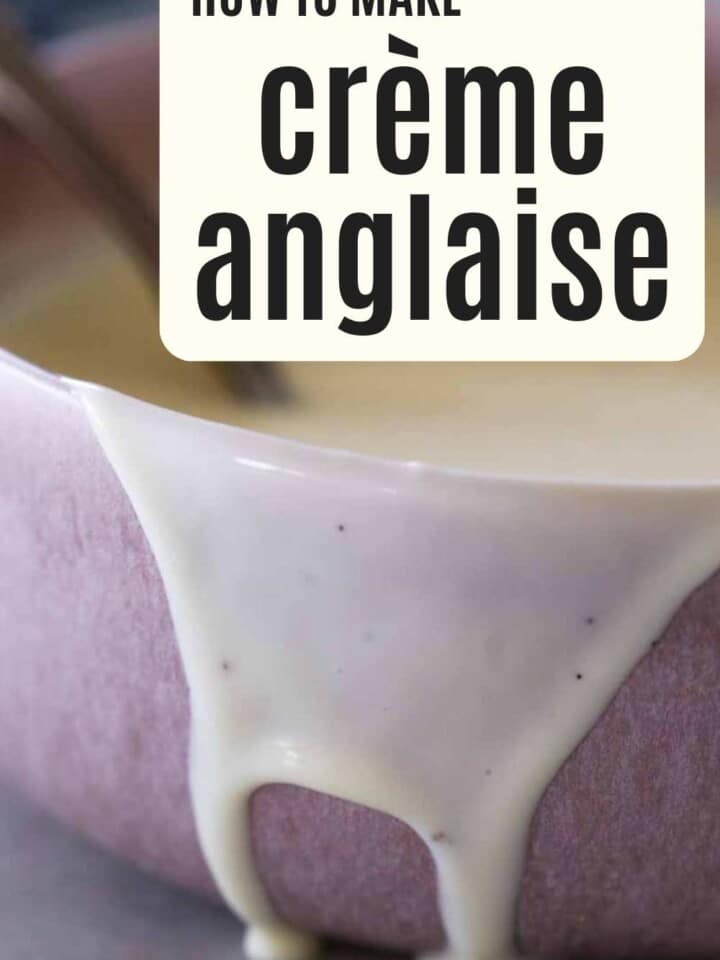
This was easy and delicious. Compliments from our visiting French guests!
Hi Soraya! I’m so happy to hear that, right from the source! Thanks for coming back to let me know!
Can I use vanilla extract in place of vanilla beans?
Absolutely, Scott! I would add the vanilla extract after you finish cooking and before you cool the anglaise. Start with 1 teaspoon, taste, and go from there! ~Lindsey
Thank you so much for the response. I’m making the sauce tonight for a gathering tomorrow and am looking forward to ladling it over fried cinnamon apples and brown sugar mini cakes.
Hi Scott! I’m so happy to hear that, I know it’ll be a hit!
Thank you for the recipe and information about Creme Anglaise. I will be trying it soon to use with crepes that I make.
That sounds wonderful, Kathy! Let met know how it goes!